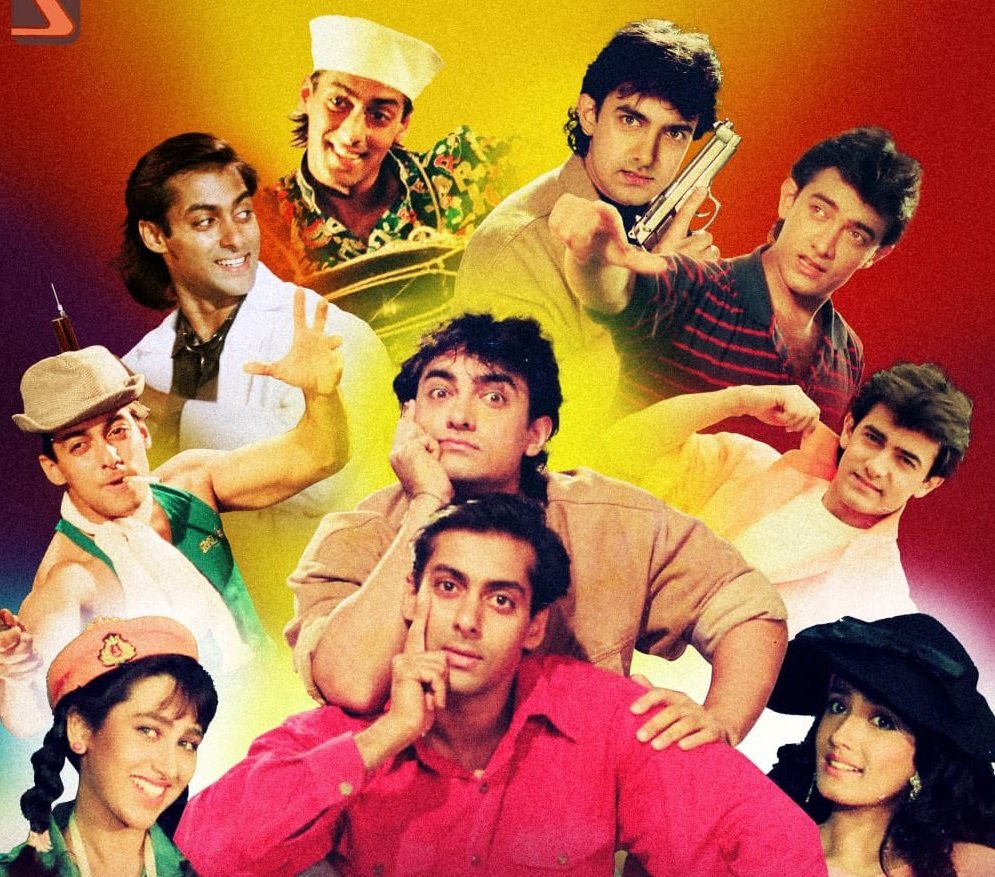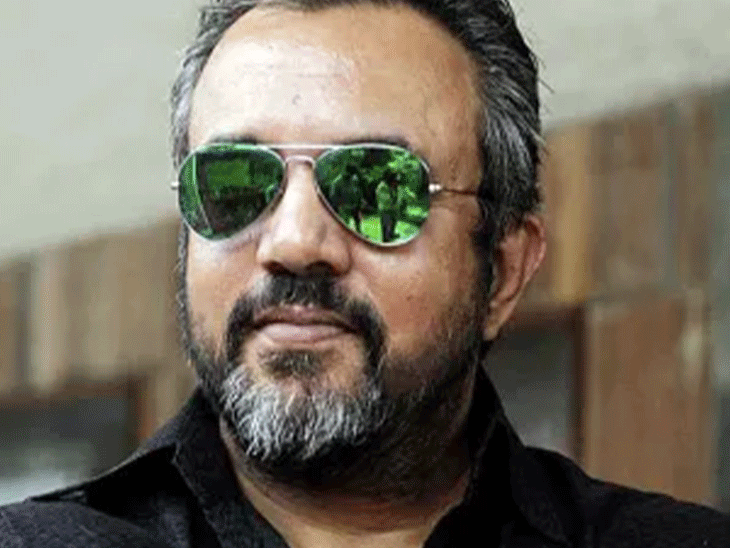Stanley Kubrick, in all likelihood, didn’t have rereleases in mind when he asserted that the idea that a movie should be seen only once is “an extension of our traditional conception of film as entertainment rather than art”. The acclaimed American director was alluding to the enduring and timeless appeal of movies. That films have a life beyond Friday is a given. ‘Kaagaz Ke Phool’, ‘Jaane Bhi Do Yaaro’, ‘Swades’, ‘Luck by Chance’ — there is no dearth of films that may have failed at the box office, yet went on to acquire the status of cult classics in the long run. Rereleases working wonders at the box office, though, is not only a new phenomenon, but one which perhaps no one could have envisioned till a few years ago.
As cinema halls witness a renewed interest in rereleases, and one after another rerun creates a stir at the box office, trade pundits are surprised, and pleasantly so. Celebrated director Imtiaz Ali is happy to be one of the early players in the game of rereleases. He not only supports the new shift, but dubs it as “a golden trend in sync with my belief that cinema is permanent”. Many others are calling it an eye-opening shift.
Imagine, a new love story — ‘Loveyapa’, with a fresh pair of star kids, Junaid Khan and Khushi Kapoor — is struggling to find audiences, but a 2016 tragic love story, ‘Sanam Teri Kasam’, coming out of oblivion with a cast that boasts of no big stars, minted Rs 26 crore in just six days of its rerelease on February 7. Its successful rerun is indeed a case study in itself and tells you as to how viewers are reposing confidence and faith in an earlier film, but are not ready to take a chance with a new release.
Filmmaker Aditya Sarpotdar rationalises, “In the age of social media, big stars or not, films acquire wings by word-of-mouth publicity. FOMO (fear of missing out) on a new film has been replaced by the comfort zone of previous experience.”

When initially released in 2017, ‘Tumbbad’ was hailed critically yet performed abysmally. Seven years later, in 2024, it earned Rs 38 crore on its rerelease — a vast improvement from its earlier collection of Rs 10 crore. In its second outing, it even outperformed blockbuster rereleases like Ranbir Kapoor’s ‘Rockstar’ (Rs 10.5 crore) and Shah Rukh Khan’s massive hit ‘Kal Ho Naa Ho’, which, at Rs 2.5 crore, incidentally did not do well in its second stint.
In fact, it was somewhere last year that reruns began to gain much attention if not outright traction. If 2024 was hailed as the year of rereleases, the mood is no different in 2025. Even Hollywood’s ‘Interstellar’ is back in Indian cinemas and enjoying a decent run. Till today, scores of Bollywood films — ‘Padmaavat’, ‘Karan Arjun’, ‘Rehna Hai Terre Dil Mein’, ‘Hum Aap Ke Hain Koun…!’, ‘Yeh Jawaani Hai Deewani’ to ‘Satya’ — have been rereleased. Not all have worked, but at least one-third have hit home and touched hearts. To say the reruns are trending would not be an overstatement.

So strong is the buzz that according to industry insiders, many honchos are sitting on the drawing board rethinking strategies on how and where to release their earlier films. Producer-actor Rahul Mittra, too, is toying with how best to further monetise his film ‘Saheb Biwi aur Gangster’.
What is it about the rerun of these films which is striking a chord with viewers? Memory, nostalgia, recall value and even familiarity factor akin to comfort food are being attributed as the reasons behind their resurrection. “We started the trend,” says archivist and film producer Shivendra Singh Dungarpur. The founder of the Film Heritage Foundation is credited with restoring, archiving and rereleasing classics time and again. Instrumental in organising festivals like ‘Bachchan: Back to the Beginning’ to celebrate Amitabh Bachchan’s 80th birthday, he has always been aware of the “hunger for films of past”.
Dungarpur attributes this appetite to the simplicity and honesty of storytelling of yore which, unlike contemporary cinema, resonates with viewers. Sarpotdar, however, feels, “Retrospectives and homage films can’t be clubbed in the same bracket as rereleases. Tribute or milestone films are in the celebratory space. A retrospective, say on Guru Dutt or Raj Kapoor, will always work, for there are fans and cine buffs who will try to catch up with their favourite auteur’s work. But rereleases are not only a different ballgame, but also resonating with generic audiences.”
Dungarpur admits, “Once the ball gets rolling, it goes in many directions.” On the face of it, there is hardly any pattern to rereleases. For different films, different factors are at play. The rerelease of films like ‘Laila Majnu’, produced by Imtiaz Ali and directed by his younger brother Sajid Ali, could have a lot to do with its lead actress Triptii Dimri’s rising popularity. Is it okay to encash upon the new-found stardom of the ‘national crush’? “Why not?” feel experts, who argue that undeniably, it was a film that deserved an audience even in 2018.
In fact, films can’t be rereleased randomly. According to Sarpotdar, “The vibe has to be right and there has to be some fresh connect.” Precisely why ‘Tumbbad’ worked in 2024 when horror as a genre was generally doing well in the year of ‘Munjya’, ‘Stree 2’ and ‘Bhool Bhulaiyaa 3’. Similarly, ‘Jab We Met’ finds its audiences each time, including this year, in the Valentine’s week. In the unexpected success of rereleases, the makers are also drawing comfort from the realisation that theatre-going audiences are very much alive and kicking.
What the viewers are endorsing is, however, a different matter. Mittra opines, “Post-Covid, the ascent of OTT was seen as a final nail in the dwindling magic of cinema halls. But now it has been proven that nothing can replicate the experience of watching movies in theatres. Reruns or fresh releases, anything which brings audiences back to theatres is welcome. For, it implies that at the end of the day, cinema rules.” Audiences preferring to watch these films in theatres, even though majority of these are available on OTT, add further weight to his assertion. As Dungarpur puts it, “Cinema viewing in India has always been a collective community experience. Audiences want to laugh and cry together.”
While there is no set formula on what and how to rerelease, Mittra observes, “There has to be a strategy in place. You can’t go overboard with publicity and need to be selective about not just which film, but where to release it and with minimal costs.” Indeed, for makers, rerelease is a no-brainer and also a low-stakes game, costing them a fraction of producing a new movie.
But before we go gung ho, the growing interest in rereleases bares a deeper malaise which borders on creative bankruptcy. If not too long ago Bollywood was heavily dependent on remakes, today it is trying to find its mojo through rereleases. Sarpotdar admits, “It is an indicator that makers are not adapting with times and are unable to excite the imagination of viewers. Nor are they tapping into the collective consciousness.” Ali, too, can sense a lesson in here: “If our earlier films are still being watched, it should make us look back at our core filmmaking.”

Trade analyst and film critic Taran Adarsh rejoices in the fact that younger audiences will now have access to movies like ‘Andaz Apna Apna’, made 31 years ago, when it will rerelease in April. He also reminds how the comedy didn’t do well when the Aamir Khan and Salman Khan-starrer came out in 1994. But even he has no hesitation in agreeing on the dismal state of Bollywood. “What to talk of good content, there is not enough new content.”
Sarpotdar explains why: “The talent is being divided across different platforms. The same set of makers, writers, actors are working for OTT films, series and for theatrical releases, thus creating creative paucity.” Mittra believes that OTT is responsible for this resurgence of older films since streaming platforms are faltering and unable to deliver what they promised at the very onset: quality content.
Many, however, are looking at the prism differently. Sarpotdar feels, “The OTT has been the biggest disruptor in the entertainment-scape which has changed audiences’ tastes across the spectrum. So, they don’t care about superstar-driven tent-pole films which are consistently failing their expectations.” Besides, in the new scheme of things, even OTT platforms stand to gain. Never mind the fact that the films are already in the OTT library, their successful run in theatres only implies that more viewers will go back to the streamers to watch the film that is generating excitement in cinema halls.
But are rereleases a passing fad? God forbid, were it to become a permanent trend, it could spell the death of cinema. After all, while films do deserve a second chance, wallowing in past glory is hardly a step forward. Makers certainly need to do better and go beyond what has already been made. So, will ‘Tumbbad 2’ and ‘Sanam Teri Kasam 2’ deliver after the profitable rerelease of the originals?
Well, for now, the spate of rereleases has shown that Bollywood is passing through testing times. Until the industry learns to soar again with flying colours, reruns will continue to be more than a stopgap arrangement.







